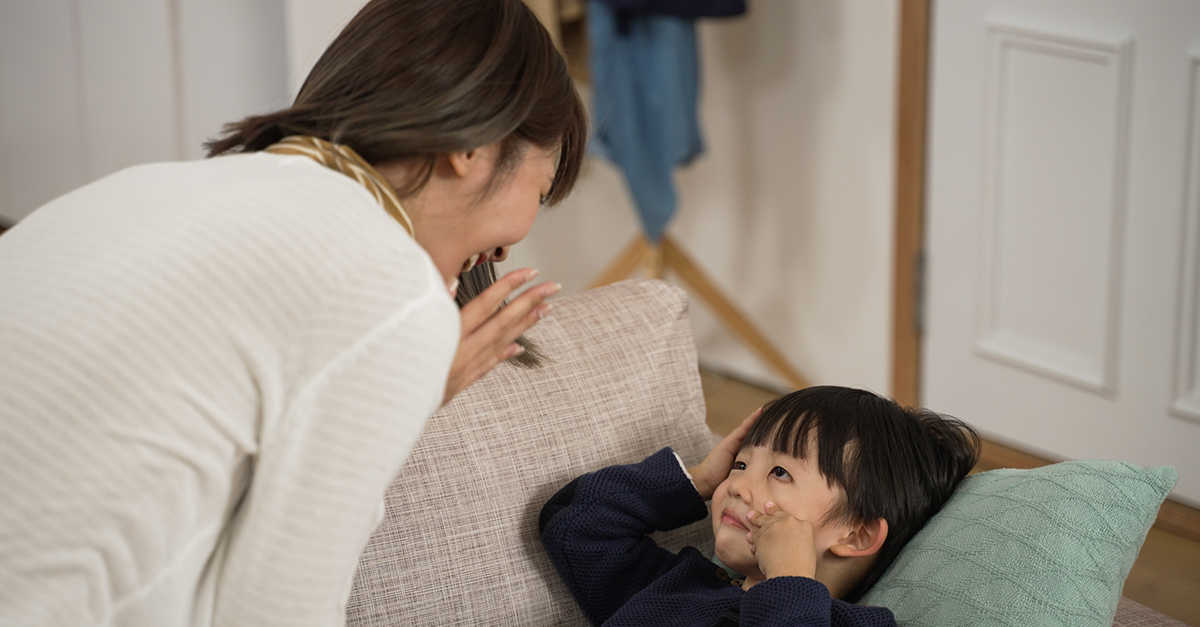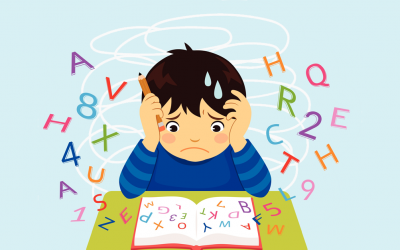As parents, there are many things that worry us about caring for our children, probably everything to do with their upbringing and who they will become as adults. “Am I being too permissive?” “Am I a good parent?” “Maybe I wasn’t ready to be a parent” “I don’t know what to do with her/him anymore!” “We don’t understand each other! Maybe these phrases ring a bell, and you are not alone. That is why one of the things we need to work on from the time they are very young is that they learn to express themselves and know that they can count on the adults in their lives, that is, that we also learn to connect emotionally with them. In any type of relationship, we may think that we are not in tune with the other person and it is frustrating, as with friends or with a partner, it also happens in parent-child relationships.
What do we mean by tuning in? Tuning in is literally picking up a radio, television, etc. broadcast by adjusting the frequency on the receiver. Sometimes we think we don’t understand our children and they don’t understand us, and this is perfectly normal. That is why we say that we are not in tune with them.
We may not be able to give the exact formula, as each family is different, but with these tips that we present to you we can get a little closer to the desired frequency.
Feeling hopeless is normal
Parents with teenage children will connect more with the concept of tuning in, as we often feel completely out of the loop. But they, as well as parents with younger children, will understand these situations, and if not now, then later. When children are very young, they cry and have tantrums and we don’t quite know why. We feed them, we put them to sleep because we think they are sleepy and often we don’t get it right.
Then, when they are getting older, and they are forming their personality, there can also be mismatches in the relationship we have with them because we try to understand them and, moreover, we try to make them understand the world around them. At this time of year, we find the odd tantrum in the supermarket because we didn’t buy them a chocolate bar, or tears because even they themselves don’t know what they want, or how to regulate their emotions. And, just when we thought we had tuned in, adolescence arrives. But this wonderful time is the time for another post.
There is no need to despair! When the moment of attunement comes, when we connect deeply with others, we feel in harmony and more united with them, and that comes.
We use neuroeducation to learn to connect.
To explain this, it is essential to talk about neuroeducation, that is, to attend to the emotional part of children and put their psychological needs at the forefront. To understand this, we need to know that, in general terms, our brain is divided into the left hemisphere, which is more logical and analytical, and the right hemisphere, which is emotional and intuitive. The left brain is comfortable with order, is more logical and uses mainly verbal language to communicate. On the other hand, the right brain processes information in a more holistic way and uses mainly non-verbal signals to communicate.
If we were to detail how the brain works, we would see that these two hemispheres are interconnected and millions of connections arise within them, but let’s stick to one that connects the emotional with the rational. For example, when a child is in a disturbed emotional state, logic and reason are unlikely to have a significant impact until their emotional needs are addressed and attended to by the right hemisphere of the brain.
How can we feel more emotionally connected to our children?
It is important to give importance to our children’s feelings and emotions. Every emotion is valid and needs to be dealt with. Very young children have not developed certain social behaviours, and their way of behaving is not that of an adult, nor does it have to be, so don’t get frustrated if you don’t understand or think that their reaction is exaggerated or that they want to attract attention, it is normal.
Listen to their problems. As I say, often they will not understand why they are frustrated or scared, but your role as a caregiver will be to listen and let them see that you are there with them for as long as it takes, until they calm down.
Physical contact, such as hugs and a loving tone of voice, often helps to pave the way for a connection in conversation. When children are older, they may start to reject this contact, but it is good to always offer it and try to make it happen, because, although it may not seem like it, a hug solves many situations. In a hug you release endorphins, which contribute to an improvement in the immune system, emotional behaviour, states of tension or relaxation. A hug can transform painful emotions into emotions related to love and protection.

In what situations is it easiest to make this connection?
When it comes to conversations with children, it is important to keep in mind that it is often easier to talk to them while they are doing something else, such as playing or building something. If a child does not want to talk, you can ask them to express their thoughts and feelings through drawing or writing.
In many cases we can solve everyday situations by connecting to the right side of our children’s/students’ brains. Often they themselves do not know why they are getting angry, frustrated or scared and their reaction can be surprising.

In the case of sibling fights, rather than simply stopping the fight, it is better to use it as an opportunity to teach valuable skills, such as listening and respecting the wishes of others, compromise, sacrifice, negotiation and forgiveness.
Integrating the two hemispheres of children’s brains (left and right) can help promote healthy learning of social behaviours and skills, which can be beneficial both for children and for the relationship we have with them.



